Comprehensive Detailed Guide about Honey
Table Of Contents

- How Bees Produce Honey
- Production Of Honey
- Preservation of Honey
- Adulteration of Honey
- Physical and Chemical Properties of Honey
- Classification of Honey
- Nutritional Value of Honey
- Benefits of Honey
- History of Honey
- Religious Significance of Honey
- Modern Uses of Honey
- Fermentation of Honey
- Packaging and Processing of Honey
- Authenticity and Purity of Honey
- Differentiating Myths from Facts About Honey
- Takeaway
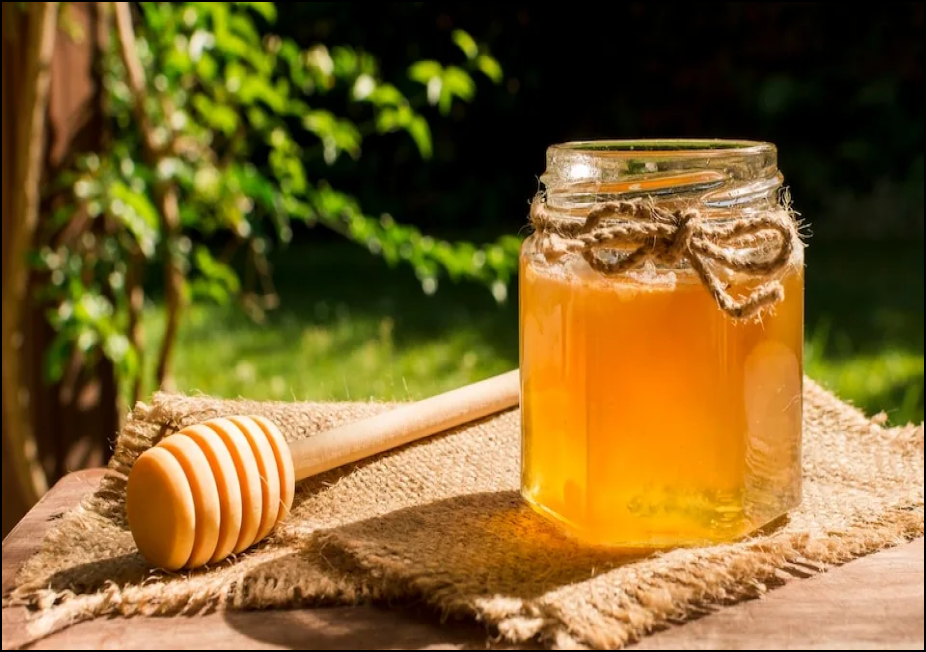
Honey, also known as "nature's golden elixir," is a substance with a millennia-long history. This wonderful natural gift is appreciated not just for its great flavour, but also for its medicinal properties, nutritional value and beauty benefits.
We begin on a trip through honey's genesis, production, physical and chemical properties, classification, nutritional value and benefits, historical significance and function in modern life in this comprehensive booklet. We'll also discuss its popularity in culture and the deep religious meaning it holds, eventually highlighting the value of honey in our daily lives.
How Bees Produce Honey
To truly appreciate the wonder of honey, it's essential to understand how it is formed. Honey is a product of the industrious work of bees. The process begins with bees collecting nectar from flowers, which they subsequently store in their specialized honey stomachs.
Enzymes in the bees' stomachs start breaking down the complex sugars in the nectar into simpler sugars like glucose and fructose. During this process, some of the water content in the nectar is also reduced. Once the bees return to the hive, they regurgitate the partially digested nectar into the honeycomb.
The bees then fan their wings to evaporate excess water, further thickening the nectar. This enzymatic and evaporate action continues until the nectar has transformed into honey. When the moisture content reaches around 17-18%, the bees seal the honeycomb cells with wax to preserve the honey.
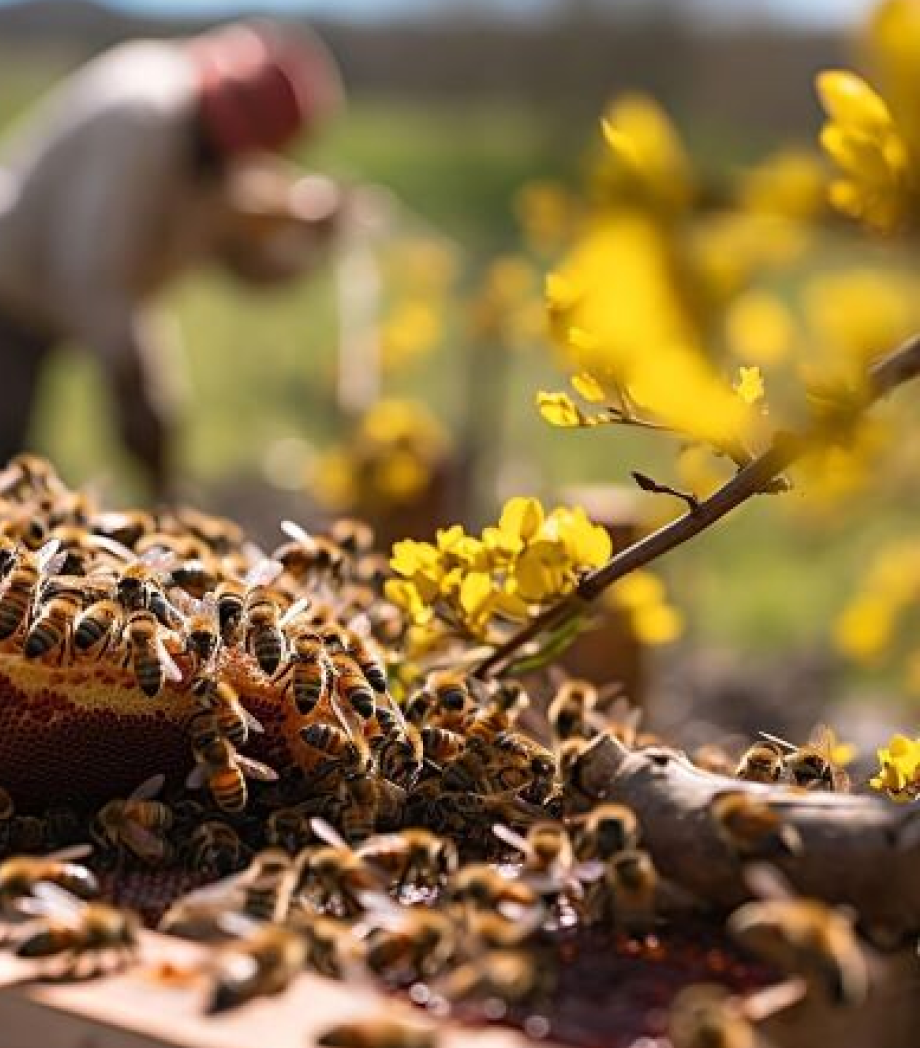
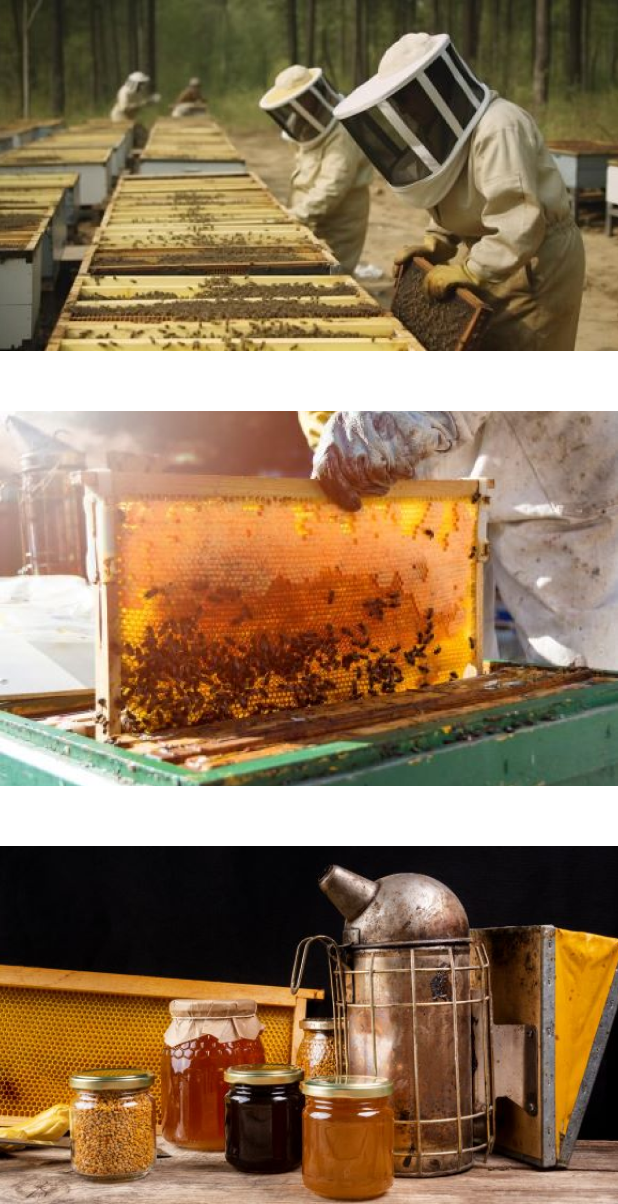
Production Of Honey
Harvesting: Beekeepers carefully manage beehives to encourage honey production by bees. When the time is right, frames filled with capped cells are selected for extraction.
Caps Removal: To access the sweet treasure inside each cell, beekeepers remove the wax caps that seal them shut. This step can be performed using hot knives or through centrifugal force in specialized equipment.
Extraction: The uncapped honeycomb frames are placed in an extractor—a device designed to extract honey without damaging the delicate comb structure. The extractor spins at high speeds, utilising centrifugal force to separate the honey from the comb.
Filtration: After extraction, some impurities may remain in the extracted honey such as beeswax fragments or other debris. Therefore, filtration becomes necessary to ensure a clean and smooth product ready for consumption or further processing if desired.
Processing Choices: At this stage, different approaches come into play based on producers' preferences and market demands.
Artisanal Approach: Artisanal or small-scale producers often favour minimal processing methods that preserve the natural flavours and potential health benefits of raw honey, production of honey, as we know it for consumption, involves human intervention to extract honey from the honeycombs. The process begins by removing the wax caps that seal the cells. Here is an enhanced description of how honey is produced for consumption:
Preservation of Honey
Honey is renowned for its ability to be preserved over long periods, both in its pure form and when used to preserve objects. The key to successful preservation lies in limiting exposure to humidity. In its cured state, honey contains a high concentration of sugar that inhibits fermentation. If exposed to moist air, the hydrophilic properties of honey can draw in moisture, eventually diluting it enough for fermentation.
The remarkable shelf life of honey is attributed to an enzyme found in bees' stomachs. Bees combine glucose oxidase with expelled nectar they have consumed previously. This enzymatic process creates gluconic acid and hydrogen peroxide as by products, contributing not only to the acidity of honey but also suppressing bacterial growth.

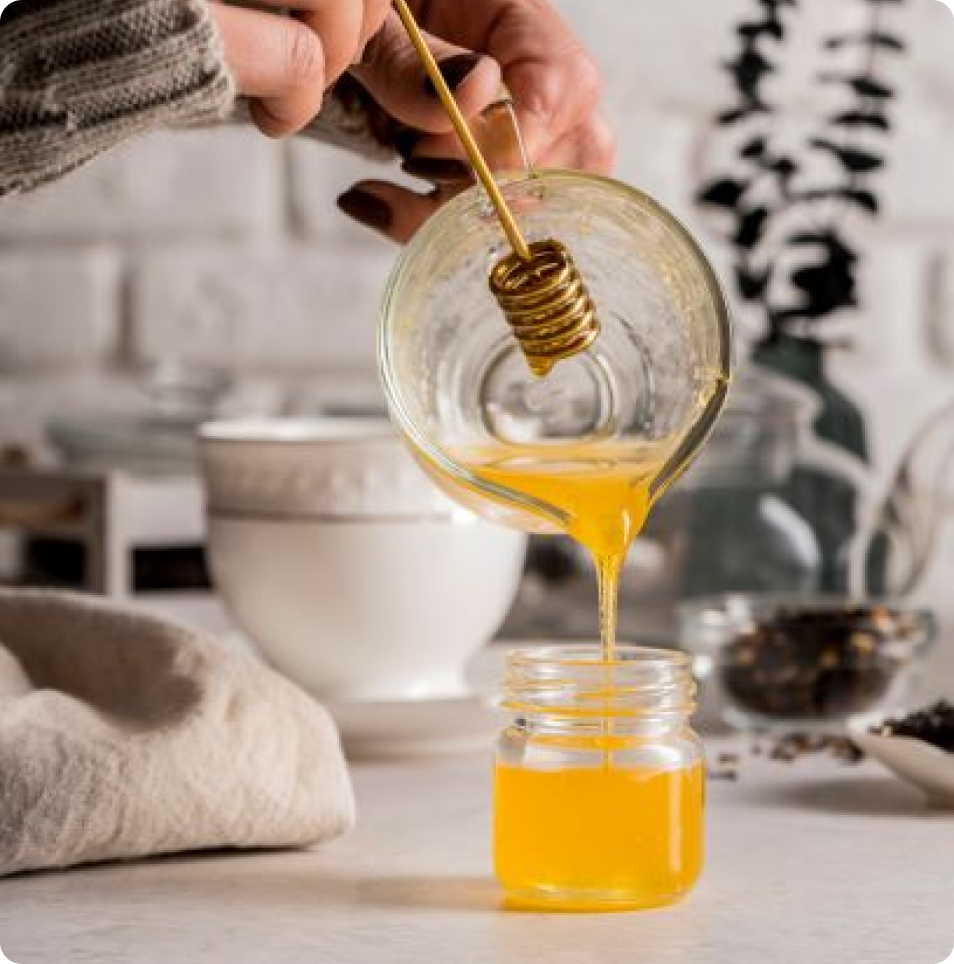
Adulteration of Honey
Unfortunately, there have been instances throughout history where honey has been adulterated through the addition of sugars or other compounds for various reasons such as altering flavor or viscosity, reducing cost, or preventing crystallization. Adulteration practices date back centuries when honey was sometimes blended with plant syrups like maple or birch before being sold as pure honey.
Other methods involved mixing crystallized honey with fillers like flour to conceal the adulteration until liquefied. In modern times, clear and nearly flavorless corn syrup became a commonly used adulterant that closely resembles pure honey once mixed. Detecting such adulteration can be challenging due to their similarity in appearance.
Physical and Chemical Properties of Honey
Honey's distinctive properties are a result of its complex chemical composition. Here, we delve into its physical and chemical characteristics:
-
Sugar Content: Honey primarily consists of two simple sugars, glucose and fructose which together account for about 70-80% of its composition. The precise ratio of glucose to fructose varies depending on the honey's floral source.
-
Water Content: The moisture content in honey is crucial for its preservation. Honey typically contains 17-18% water, a level that inhibits the growth of microorganisms and spoilage.
-
Other Components: Honey contains a variety of other components, including amino acids, phenolic compounds, pigments, vitamins and minerals. These components contribute to honey's flavor, color and potential health benefits.
-
Variability: The composition of honey can vary significantly based on the floral source and geographical location. Different flowers yield honey with distinct flavors and properties, giving rise to a diverse range of honey types, such as clover, acacia or manuka honey.
-
Geographical and Purity Variations: The chemical makeup of honey can vary based on where it's produced and its purity. For example, manuka honey from New Zealand is renowned for its high levels of methylglyoxal, a compound associated with its potent antibacterial properties. Purity is also a concern as adulteration with sugar or syrups can alter honey's composition.
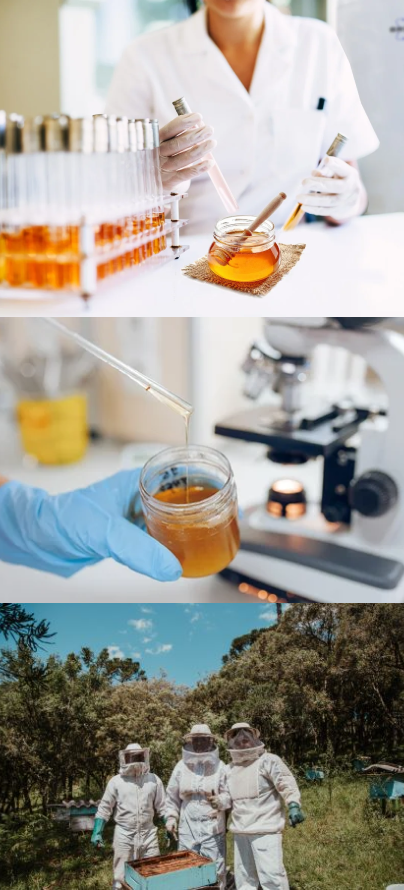
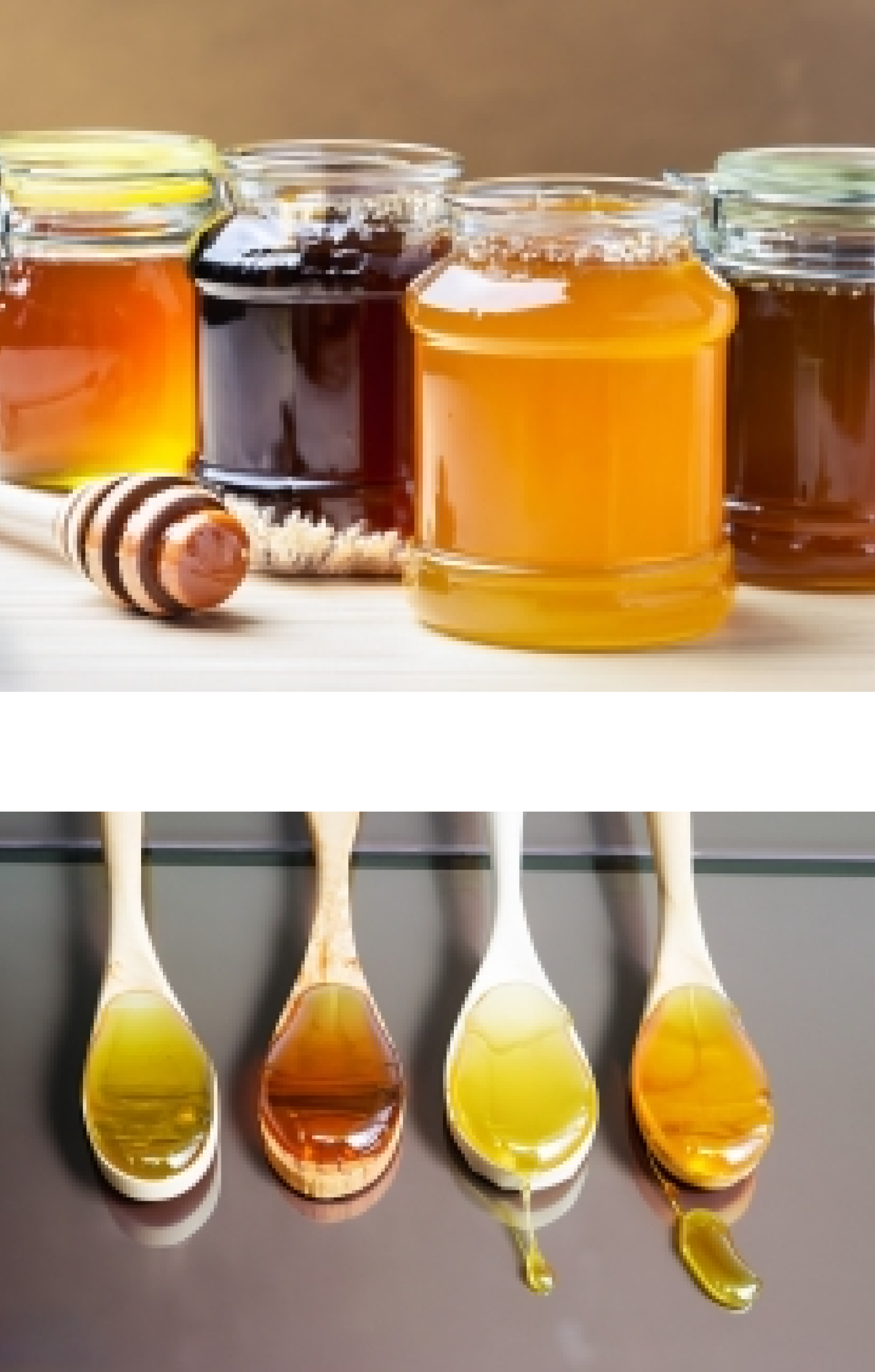
Classification of Honey
Honey can be classified based on various criteria, including its floral, geographical and entomological sources:
-
Floral Source: Honey's flavor and aroma are heavily influenced by the types of flowers visited by bees. Monofloral honey, such as lavender honey or orange blossom honey, comes from bees primarily foraging on a single type of flower. Polyfloral honey or wildflower honey, on the other hand, is a blend from various flower sources.
-
Geographical Origin: Honey from different regions can exhibit unique characteristics due to variations in soil, climate and floral diversity. This geographical diversity is often highlighted in honey marketing, with honey labelled according to its region of origin.
-
Entomological Source: Some specialty honey, like honeydew honey, is produced when bees collect sugary secretions from insects or aphids rather than nectar from flowers. These honey have distinct flavors and properties.
Nutritional Value of Honey
Honey is not just a sweet treat; it also provides essential nutrients and bio active compounds:
-
Macro nutrient Content: Honey is primarily a source of carbohydrates, with glucose and fructose as the dominant sugars. These sugars provide quick energy. While honey is calorie-dense, it contains minimal fat and protein.
-
Micro nutrient Content: Honey contains trace amounts of various vitamins and minerals, including B vitamins, vitamin C, calcium, iron and potassium. However, these levels are relatively low compared to other food sources.
-
Prebiotic Properties: Honey's oligosaccharides can serve as prebiotics, promoting the growth of beneficial gut bacteria.
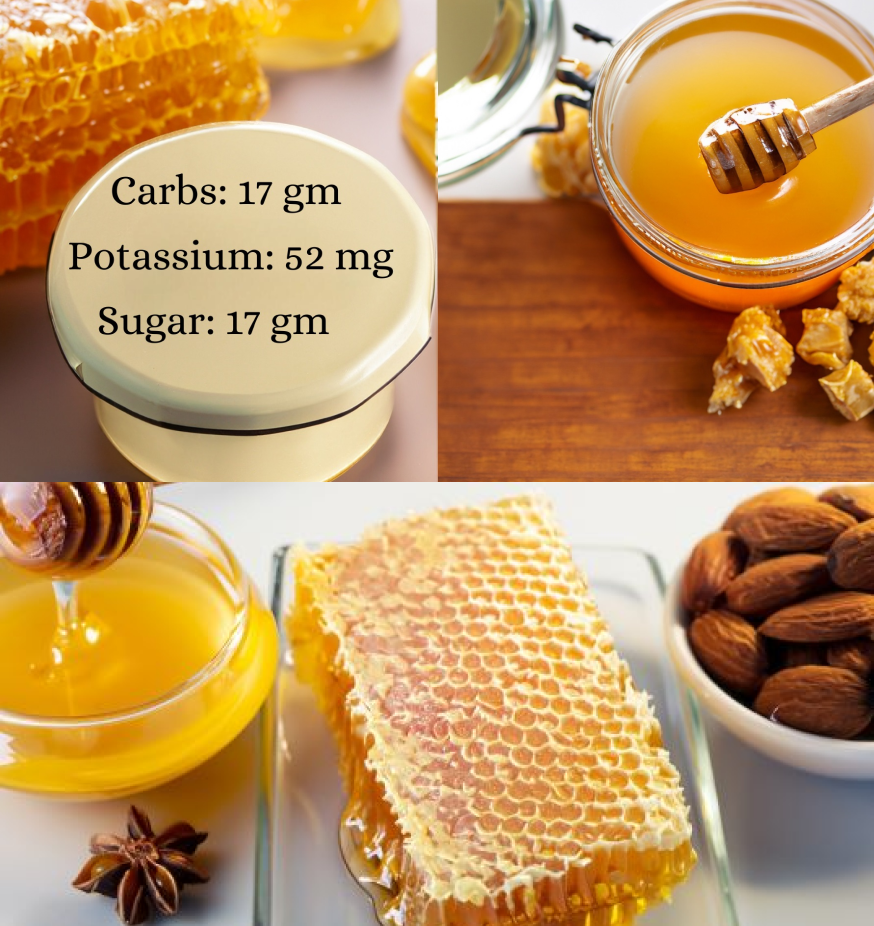
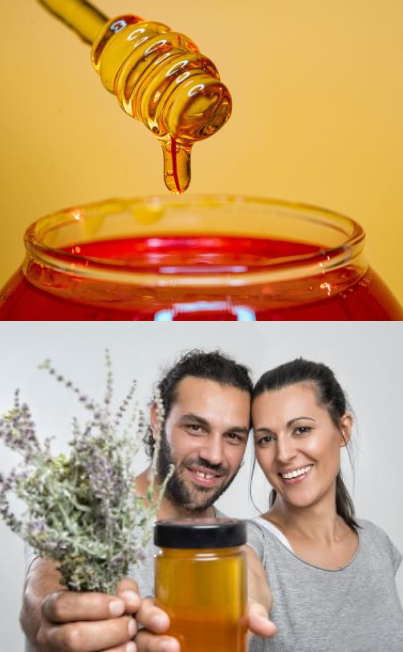
Benefits of Honey
-
Honey's use in medicine dates back centuries and modern research continues to uncover its potential health benefits:
-
Antibacterial Properties: Honey has natural antibacterial properties attributed to its low water content, high sugar concentration and production of hydrogen peroxide when diluted. These properties make it effective in wound dressings and for treating minor burns and skin infections.
-
Antioxidants: Honey contains antioxidants, such as flavonoids and phenolic acids, which can help combat oxidative stress and inflammation in the body.
-
Anti-Inflammatory Effects: Honey's anti-inflammatory properties can help alleviate conditions like sore throats and reduce the severity of inflammatory skin conditions.
-
Wound Healing: Honey's ability to promote tissue regeneration and prevent infection has led to its use in wound healing. Medihoney, a medical-grade honey, is used in clinical settings for wound care.
History of Honey
The history of honey is as ancient as human civilization itself. Honey was revered in various cultures for its sweetness and healing properties:
Ancient Civilizations: Honey was a staple in the diets of many ancient civilizations, including the Egyptians, Greeks and Romans. It was used as a sweetener, preservative and offering to the gods.
Traditional Medicine: Honey is valued in traditional medicine for its therapeutic properties. It was used to treat a range of ailments, from digestive issues to wound healing.
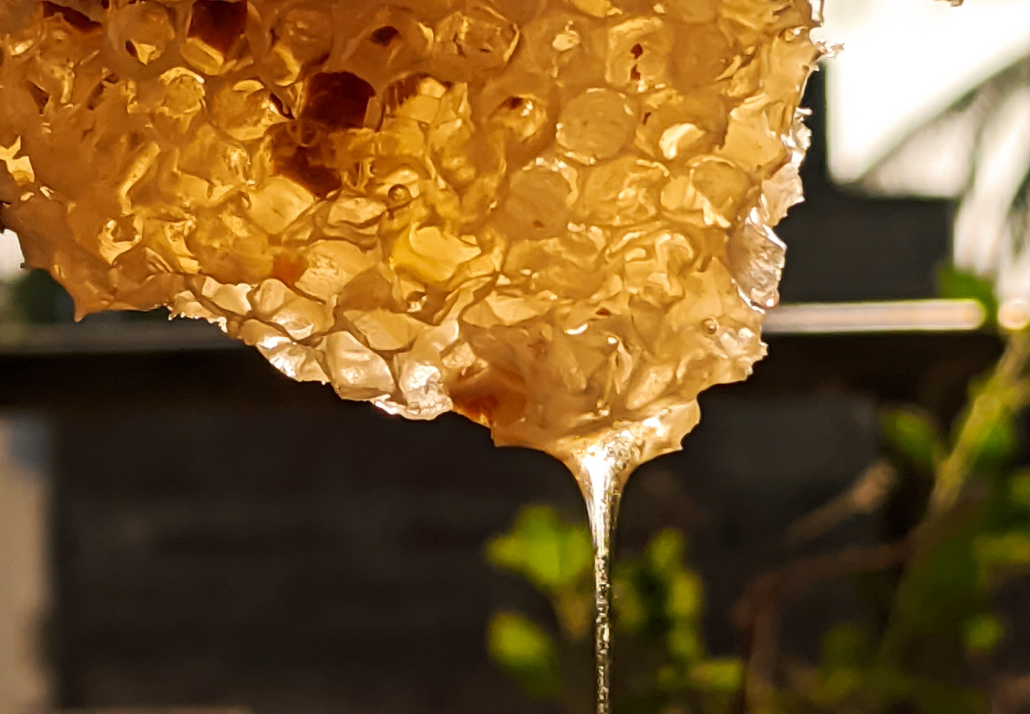

Religious Significance of Honey
Honey holds religious significance in numerous cultures and religions.
• Christianity: In Christianity, honey is often associated with the Promised Land, a land flowing with "milk and honey." It symbolizes abundance and divine blessings.
• Judaism: Honey plays a prominent role in Jewish traditions, particularly during Rosh Hashanah, the Jewish New Year, where it is consumed to symbolism a sweet and prosperous year ahead.
• Hinduism: Honey is considered one of the five elixirs of immortality in Hinduism and is used in various religious rituals and offerings.
• Islam: Honey is mentioned in the Quran as a healing substance and it is recommended as a remedy for various ailments in Islamic traditions.
• Literature: Honey often appears in literature as a symbol of sweetness, love and indulgence. Poets and authors have used honey as a metaphor for the finest pleasures of life.
• Art and Symbolism: Honey and beehives are common symbols in art and symbolism. They represent industry, cooperation and the rewards of hard work.
• Media and Advertising: Honey's natural and wholesome image makes it a popular choice in advertising, especially for food products and skincare.
Modern Uses of Honey
-
Honey's versatility extends to various aspects of modern life. Here are its most prominent uses:
-
Culinary Delights: In the culinary world, honey shines as a beloved sweetener, imparting depth and complexity to an array of dishes. Its unique flavor profiles, influenced by the diverse flowers visited by bees during nectar collection, make it a sought-after ingredient in gourmet cuisine. From delectable salad dressings to mouthwatering baked goods, honey adds a touch of natural sweetness and enhances flavors.
-
Cosmetics and Skincare: Honey's natural humectant properties make it a valuable ingredient in cosmetics and skincare products. It helps retain moisture, making it effective in moisturizers, masks and creams. Honey's antioxidants can benefit the skin by protecting against free radicals.
-
Good Energy Source: Honey is a natural source of carbohydrates, making it an excellent energy booster. Athletes sometimes use honey as a natural alternative to processed energy gels or drinks.
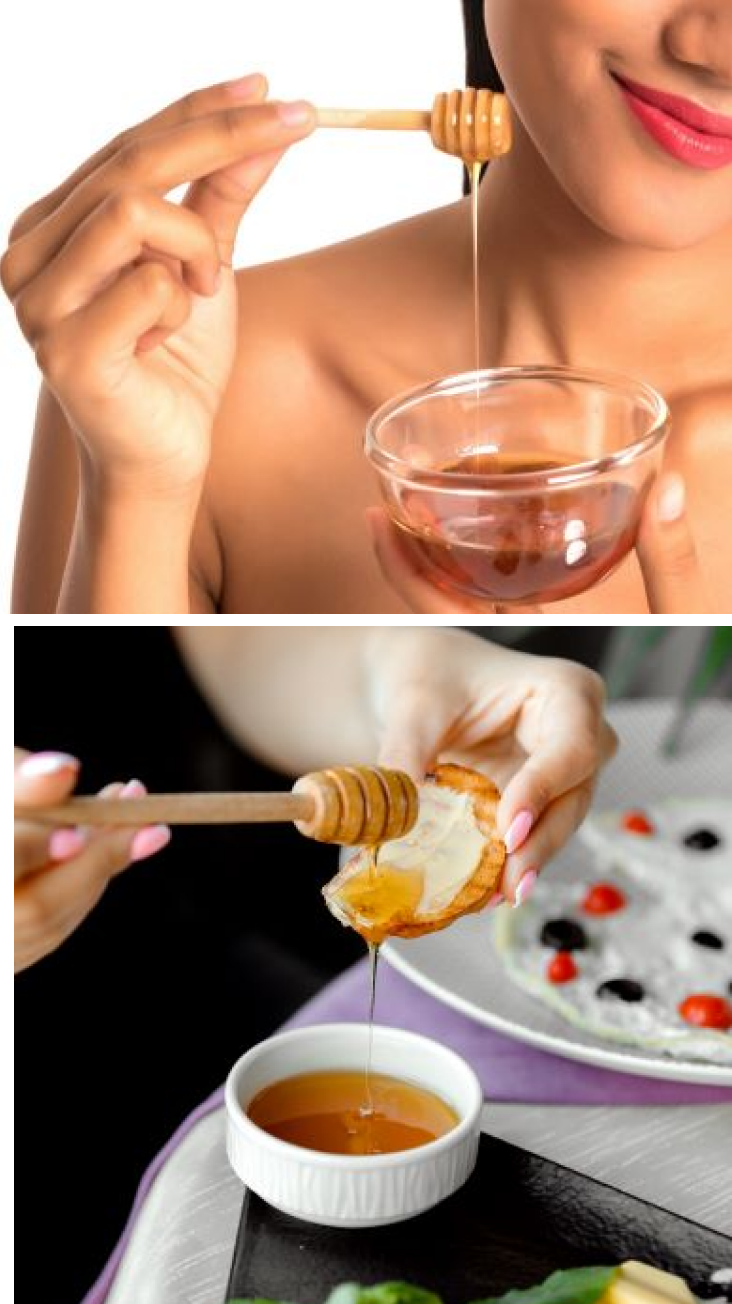
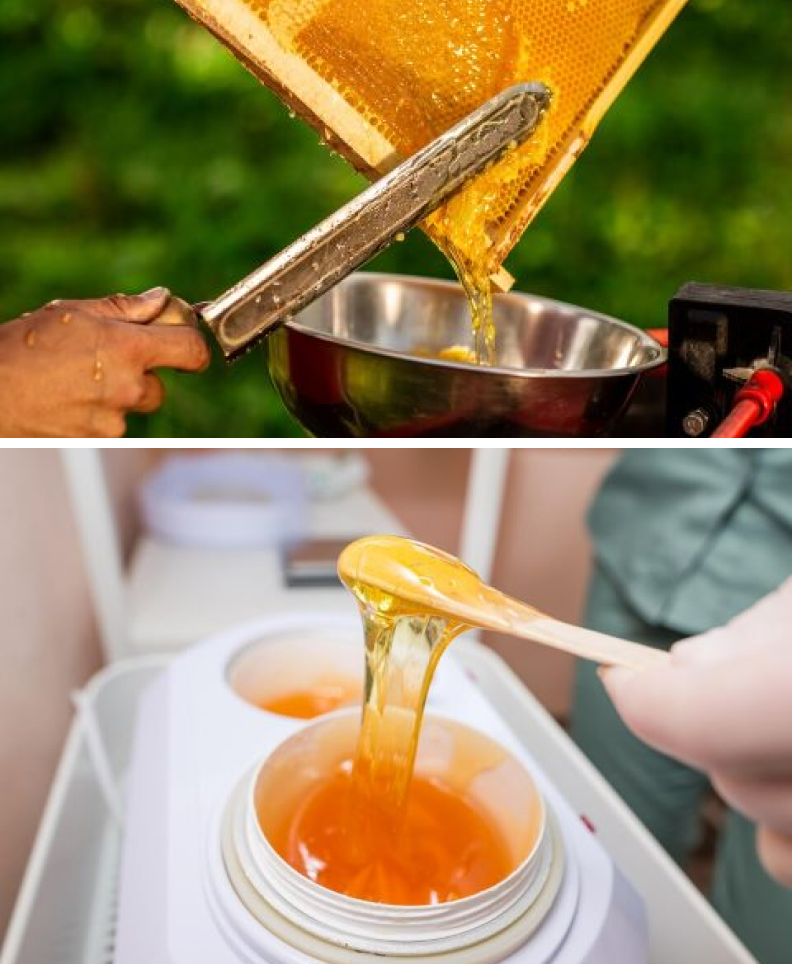
Fermentation of Honey
Fermentation has long been employed to create unique and flavorful products from honey. Mead, often referred to as "honey wine," is one such example and is believed to be one of the oldest fermented beverages in the world, dating back 9,000 years To produce mead, yeast is added to honey-water must, initiating a fermentation process that can last for weeks or even months. In modern mead production, the yeast strain Saccharomyces cerevisiae is commonly used.
Mead comes in various varieties with distinct characteristics. Metheglin refers to mead infused with spices or herbs, while melomel incorporates fruit juices like grape (known as payment). Hippocras adds an enticing touch of cinnamon flavor, while sack mead boasts a high concentration of honey. These varieties have gained popularity commercially in the United States where hundreds of different types are now available.
Packaging and Processing of Honey
-
Honey processing extends beyond fermentation techniques. It includes categorization based on packaging methods and processing approaches:
-
Packaging: Honey can be classified according to its packaging style. Common options include jars or bottles made from glass or plastic containers ranging in sizes suitable for retail distribution.
-
Processing: The degree of processing applied to honey may vary. Some honey is minimally processed and labeled as raw or unfiltered—preserving its natural properties without significant heating or filtering steps that could alter their composition.
-
Raw Honey: This type undergoes minimal filtration and retains its natural enzymes, pollen particles, vitamins, minerals and other beneficial components.
-
Filtered Honey: Filtered honey undergoes a finer filtration process to remove impurities like bee parts, wax, or debris while maintaining its liquid form and clarity. This process may involve the use of fine mesh or special filters.
-
Pasteurized Honey: Pasteurization involves heating honey to eliminate potentially harmful bacteria and yeast spores. While this process ensures food safety and extends shelf life, it can also alter the taste, color and nutritional profile of honey.
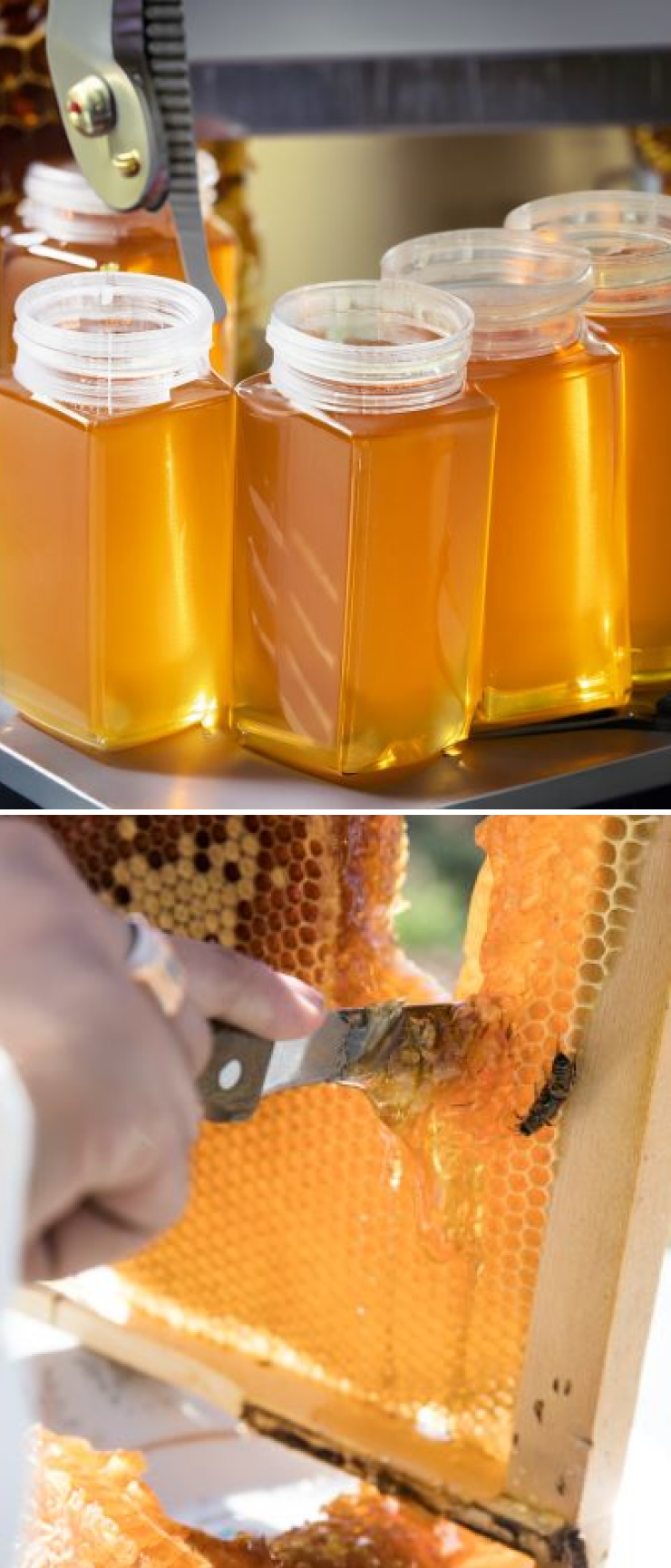
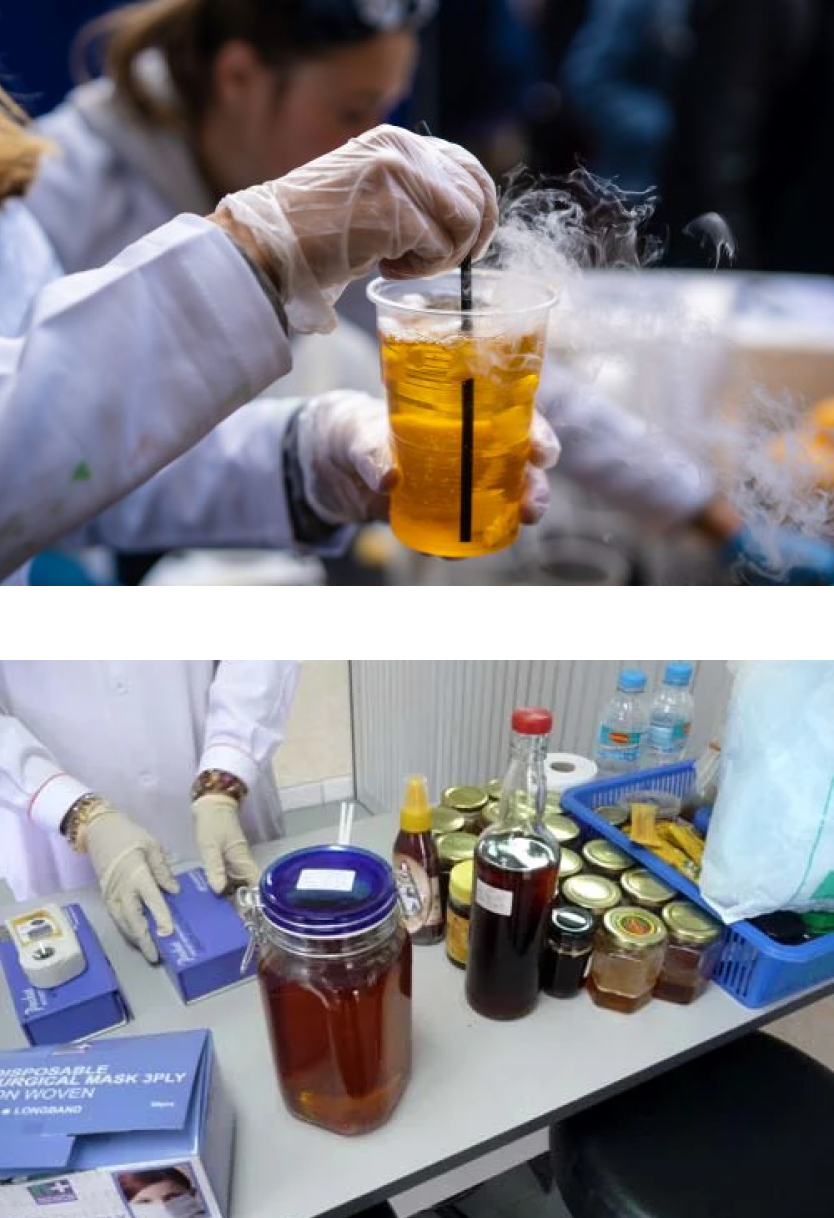
Authenticity and Purity of Honey
According to the Codex Alimentarius guidelines from the United Nations, products labelled as "honey" must be wholly natural.
Different countries have varying labelling laws regarding what constitutes "pure" honey.
Various testing methods have been developed over time; however, there is no single universal analytical method capable of detecting all types of adulteration with adequate sensitivity.
One effective technique for detection is called Isotope Ratio Mass Spectrometry. It can identify the addition of corn syrup and cane sugar by analyzing the carbon isotopic signature. This method detects variations in isotopic ratios caused by the addition of sugars obtained from different plant sources like corn or sugar cane, which differ from those used by bees. It does not impact the isotopic ratio found in proteins present in honey. Even small additions as low as 7% can be detected using this approach.
Differentiating Myths from Facts About Honey
• Honey is a natural sweetener made by bees and has been used since ancient times due to its numerous nutritional properties. There are many myths and truths about this delicious delicacy. Here are some common myths and facts about honey:
• Myth 1: Honey never spoils and lasts indefinitely
• Fact: While honey has an impressive shelf life due to its low moisture content and acidic pH, it can eventually crystallize or darken over time. Proper storage in a sealed container at room temperature helps maintain its quality for extended periods, but it is not entirely immune to changes.
• Myth 2: Eating local honey cures allergies
• Fact: Although consuming local honey may expose you to small amounts of local pollen, there is limited scientific evidence supporting the idea that it effectively treats allergies. Allergies are typically caused by wind-borne pollen rather than the ones found in honey produced by bees.
• Myth 3: Honey consumption leads to weight gain
• Fact: Like any sweetener, excessive consumption of honey can contribute to weight gain. However, compared to refined sugar, honey contains trace minerals and antioxidants. Moderation is key when incorporating any sweetener into a balanced diet.
• Myth 4: Heating destroys beneficial properties of honey
• Fact: Heating raw honey above 118°F (48°C) can cause some enzymes and heat-sensitive nutrients to degrade slightly. Many health benefits remain even after heating. It's important to note that pasteurized commercial honey has already undergone significant heating during processing.
• Myth 5: Honey is safe for infants under one year old
• Fact: Honey should not be given to infants under one year old due to the risk of botulism spores present in some honey. Their digestive systems are not fully developed and may struggle with these spores which could lead to serious health issues.
• By knowing the facts and debunking the myths, we can appreciate honey for its unique properties and enjoy its many benefits.


Honey, with its mesmerizing journey from the collection of nectar by bees to its myriad uses in modern society, stands as a testament to the wonders of the natural world. Its rich history, diverse properties and cultural significance have made it an indispensable part of human civilization.
From culinary delights to healing remedies, honey continues to offer its golden touch to our daily lives. As we appreciate its flavors and benefits, we also acknowledge the vital role honey plays in our past, present and future, as a source of sustenance, healing and enduring fascination.
TAKEAWAY
Honey from Geohney offers a range of health benefits, because of its 100% Purity and unadulteration and can be used in a variety of ways, from sweetening dishes to soothing sore throats. Whether you are a fan of its unique flavor or interested in its potential health benefits, honey is a versatile and natural product that deserves its place in the global honey market.
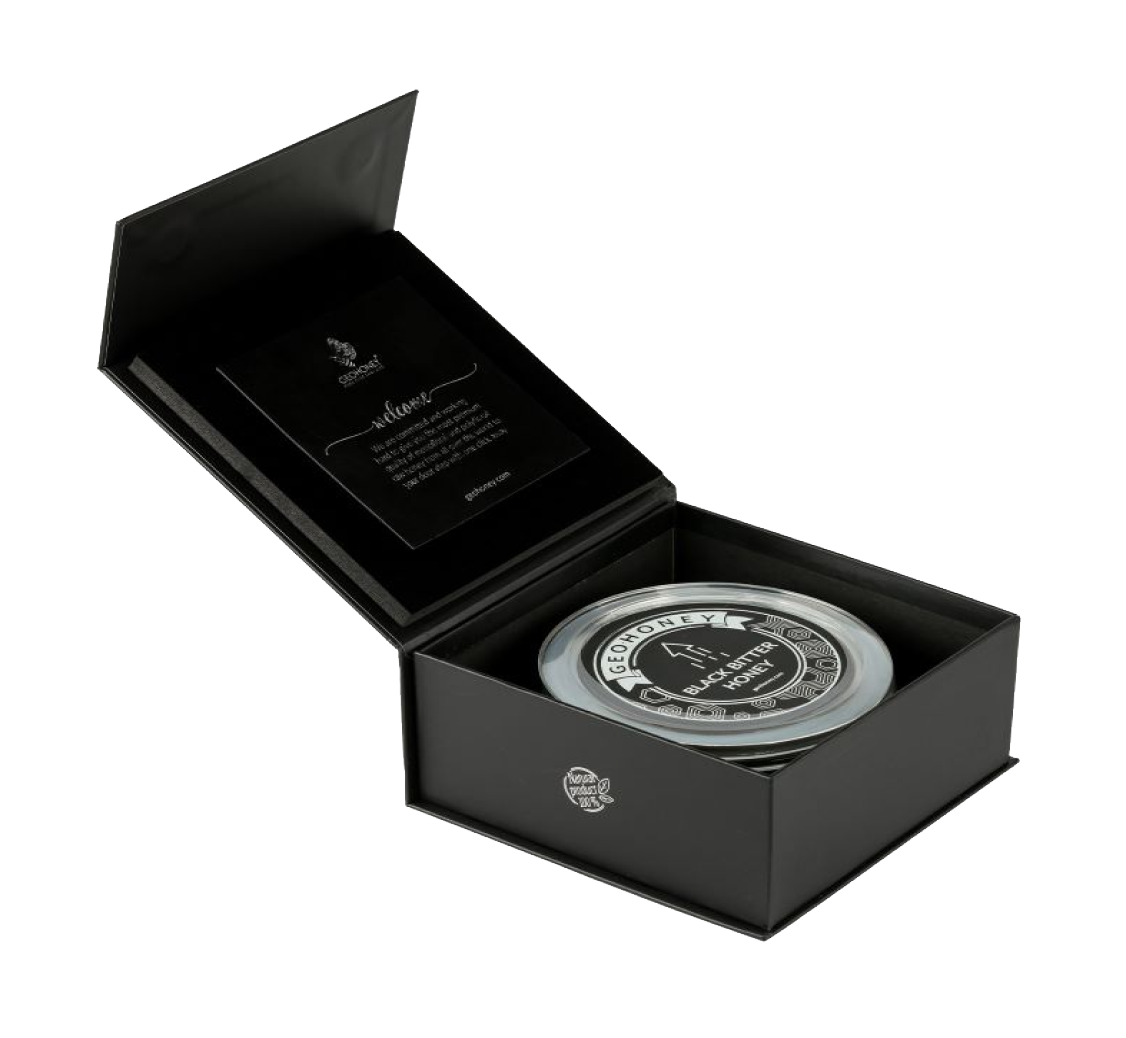
What’s the buzz, Join the hive !
SIGN UP TO OUR NEWSLETTER
Be the first to know about our hot deals, new arrivals.







 Pay By Cards
Pay By Cards
 PayPal
PayPal
 Stripe
Stripe
 Other Payment Methods
Other Payment Methods










